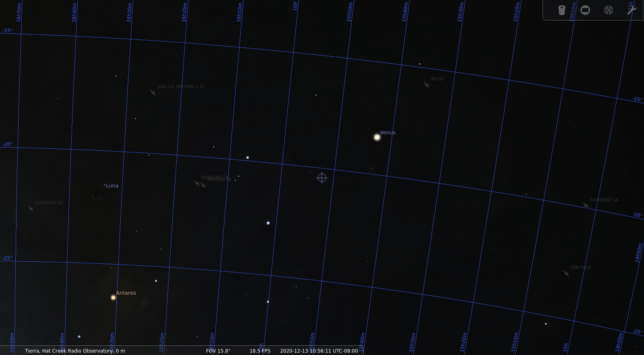One of the interesting Amateur cubesats in yesterday’s SpaceX Transporter-1 launch from Cape Canaveral is IDEASSat, a 3U cubesat from the National Central University of the Republic of China (Taiwan) designed to study ionospheric plasma. Jan van Gils PE0SAT drew my attention to this satellite as he was trying to see if it was possible to decode it with any of the decoders existing in gr-satellites. Mike Rupprecht DK3WN also helped with a good recording, much cleaner than the SatNOGS recording that Jan was using.
Presumably this satellite uses “AX25, 9k6, GMSK”, as listed at the bottom of this page from Taiwan’s National Space Organization, and also in this research paper. However, this is not true. It’s simple to check that the usual 9k6 FSK AX.25 decoders aren’t able to decode this signal, and a look at the FSK symbols shows that there is no scrambler (9k6 AX.25 uses the G3RUH scrambler) and that the symbol sequence doesn’t have much to do with AX.25.
After some reverse-enginnering, yesterday I figured out how the coding used by IDEASSat worked, and today I added a decoder to gr-satellites to help Mike investigate what kind of telemetry the packets contain. The protocol is not very good, so I think it’s interesting to document it in detail, as some sort of lessons learned. In this post I’ll do so. As it turns out, the protocol has some elements that loosely resemble AX.25, so I’m left wondering whether this is some unsuccessful attempt at implementing standard AX.25 (we’ve already seen very weird attempts, such as ESEO).
